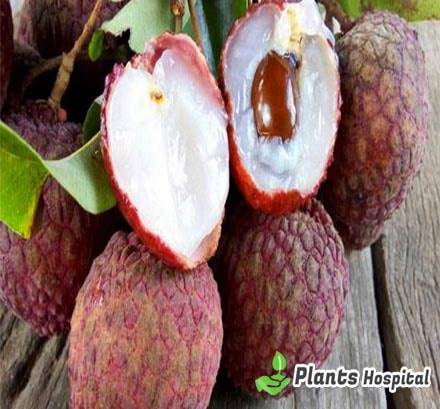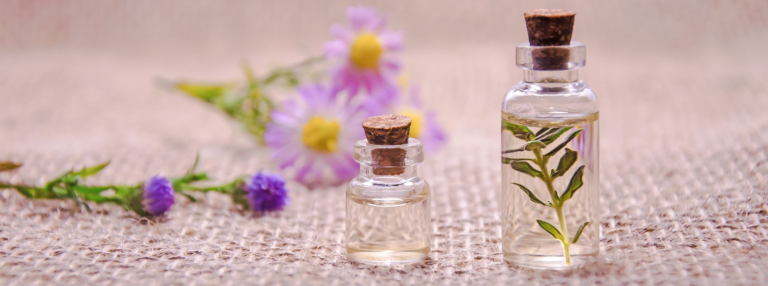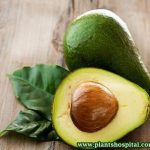Lychee (Litchi chinensis) is a variety of fruit that grows in the soap tree. It is grown in subtropical regions worldwide and is particularly popular in China (where they are local) and Southeast Asia.
This fruit is often eaten fresh and is sometimes used in ice creams, sometimes also converted into juice, wine, sherbet, and jam. It can be dried and eaten.
The Chinese use dried fruit as a sweetener in their tea. It is stored in full freeze and then immediately thawed and consumed. The shell of lychee is edible but is usually peeled before eating, and is eaten transparent part.
Table of Contents
Nutritional Value Of Lychee
The table below shows nutrients in fresh and dried lychee.
- Quantity for 100 g Lychee
- Calorie 66 kcal
- Water 82%
- Protein 0.8 g
- Carbohydrate 16.5 g
- Sugar 15.2 g
- Oil 0.4 g
- Saturated fat 0.1 g
- Monounsaturated fat 0.12 g
- Polyunsaturated fat 0.13 g
- Omega-3 0.07 g
- Omega-6 0.07 g
- Calcium 5 mg
- Iron 0.31 mg
- Magnesium 10 mg
- Potassium 171 mg
- Sodium 1 mg
- Vitamin C 71.5 mg
- Thiamine 0.01 mg
- Riboflavin 0.07 mg
- Niacin 0.6 mg
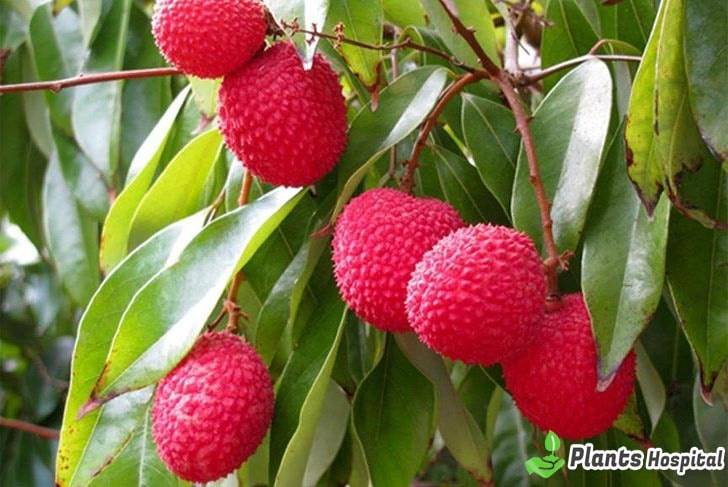
Lychee consists mainly of water (82%) and carbohydrates (16.5%).
A single lychee (fresh or dried) contains 1.5-1.7 grams of carbohydrates.
It is a good source of various vitamins, minerals, and antioxidants. It contains high amounts of vitamin C, copper and potassium.
• Vitamin C: Lychee is the most commonly found vitamin in fruit. A lychee can take about 8% of intake your daily vitamin C.
• Copper: Lychee is a good source of copper. Inadequate copper intake may have adverse effects on heart health.
• Potassium: Is an important nutrient for heart health when eaten in sufficient quantities.
It contains higher amounts of antioxidant polyphenols than most fruits. These antioxidants are epicatechins and routines.
• Epicatechin: An antioxidant that can improve heart health and reduce the risk of cancer and diabetes.
•Routine: It is a powerful antioxidant. Studies show can help protect against chronic diseases such as cancer, diabetes and heart disease.
How to Eat Lychee?
Lychee fruit is surrounded by a hard shell. After this peel is easily peeled, core similar to peach in the middle should be removed, then eaten.
The lychee, which can be found in tropical fruit sections of major shopping centers in Turkey, should be kept in a cold and humid environment.
6 Amazing Health Benefits Of Lychee
Immunity Booster
Vitamin C is an important antioxidant compound and is known to stimulate the activity of white blood cells, the mainline of defense of the immune system. High vitamin C in lychee can provide more than 100% of daily needs in a single serving. It is, therefore, a major supporter of the immune system.
Helps In Preventing Cancer
Polyphenolic compounds and proanthocyanidins found in lychee neutralize free radicals and protect the body from various diseases. In animal studies, it has been reported that lychee extract can help in liver cancer.
Editor’s Pick:
Antiviral
Proanthocyanidins in lychee have been extensively studied and their antiviral capabilities have been reported. Litchitannin A2, a compound found in lychee, has been linked to preventing the spread of viruses, including herpes simplex virus and coxsackievirus.
Blood Pressure Control
Lychee has plenty of potassium, low sodium. This can help the body maintain fluid balance. Fluid balance is an integral part of not only metabolic functions but also hypertension. Potassium is considered a vasodilator, meaning it reduces the constriction of blood vessels and arteries, thereby reducing stress on the cardiovascular system.
Anti-influenza activity
This powerful phenolic compound found in lychee has a range of benefits, including anti-influenza activity, an improvement in blood circulation, a reduction in weight and protection of your skin from harmful UV rays when exposed to the sun.
Increase Blood Circulation
Copper is another essential mineral found in significant quantities in lychee, and although iron is most commonly associated with red blood cells, copper is also an integral part of the RBC formation. Therefore, copper content in lychee can increase blood circulation and increase oxygen input to organs and cells.
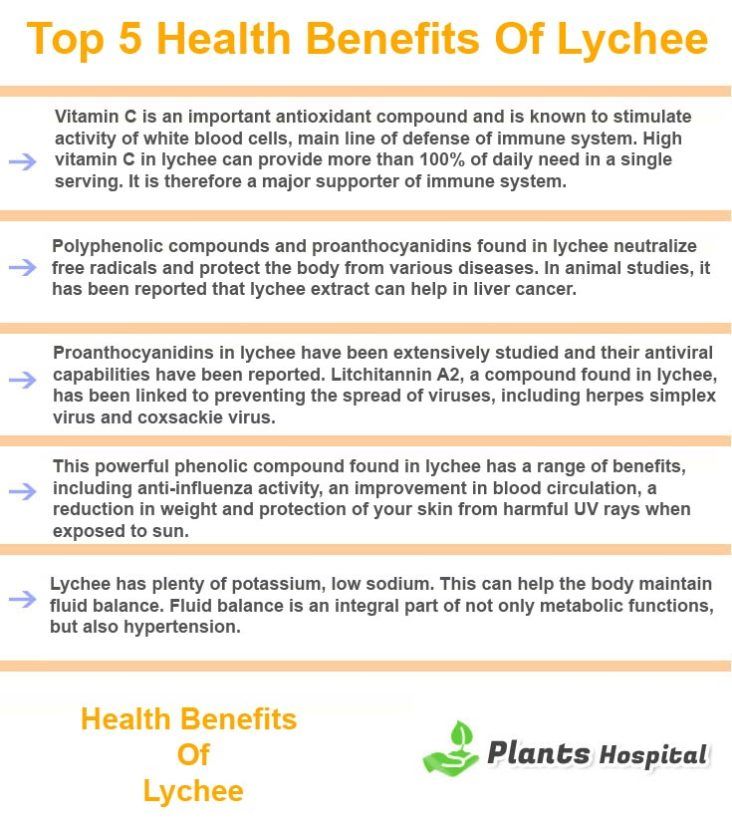
Types of Lychee
Brewster
The most common and commercial species in America is Brewster, which grows in South Florida Brewster has a sweet and juicy fruit.
The well-matured Brewster is very tasty and tastes markedly different from others. The only complaint people have about better is that the fruit core is large. When the better fruit matures, small pictures on small fruit gradually diminish.
Mauritius
The second common and commercial species in Mauritius. He came to the United States from Mauritius, one of the paradise islands in eastern Madagascar.
The fruit of Mauritius ripens a few weeks earlier than Brewster and can easily be distinguished from others by its pinkish – green bark. Its fruit is distinctly different, and the aroma is more different than Brewster’s, and it is quite delicious.
Another important feature is that it has a small core and fruits in the form of wood panicle and is abundant. Ripened Mauritius has a slightly acidic seed membrane and is slightly mellow, the fruit flesh is more juicy and solid.
Editor’s Pick:
Attention!
Because lychee is also a very good source of sugar, individuals with diabetes should not consume too much. Excessive consumption of lyche can cause irritated membranes, bleeding, fever, or sore throat. However, in normal quantities, there are no natural health risks.
I hope you like our writing. You can leave a comment for those of you wondering.

